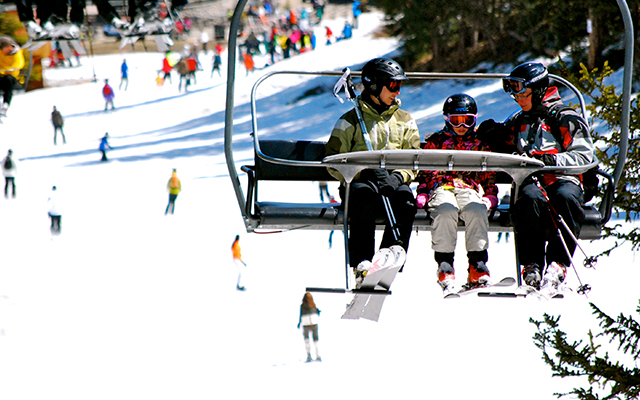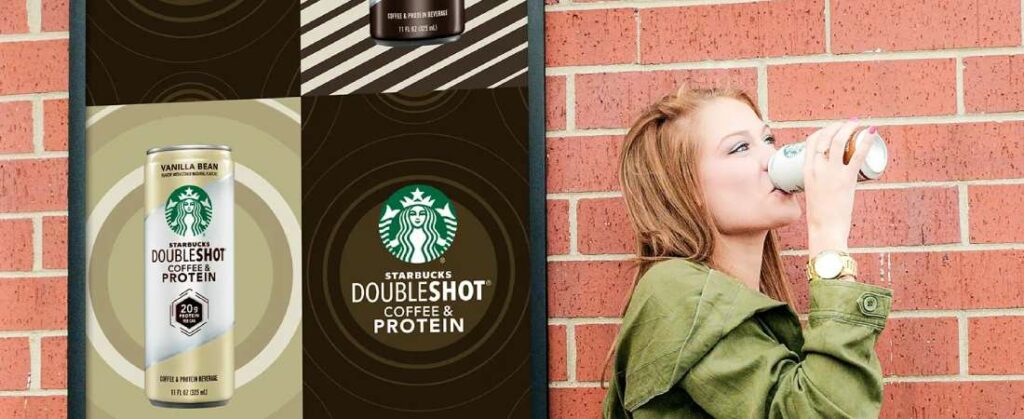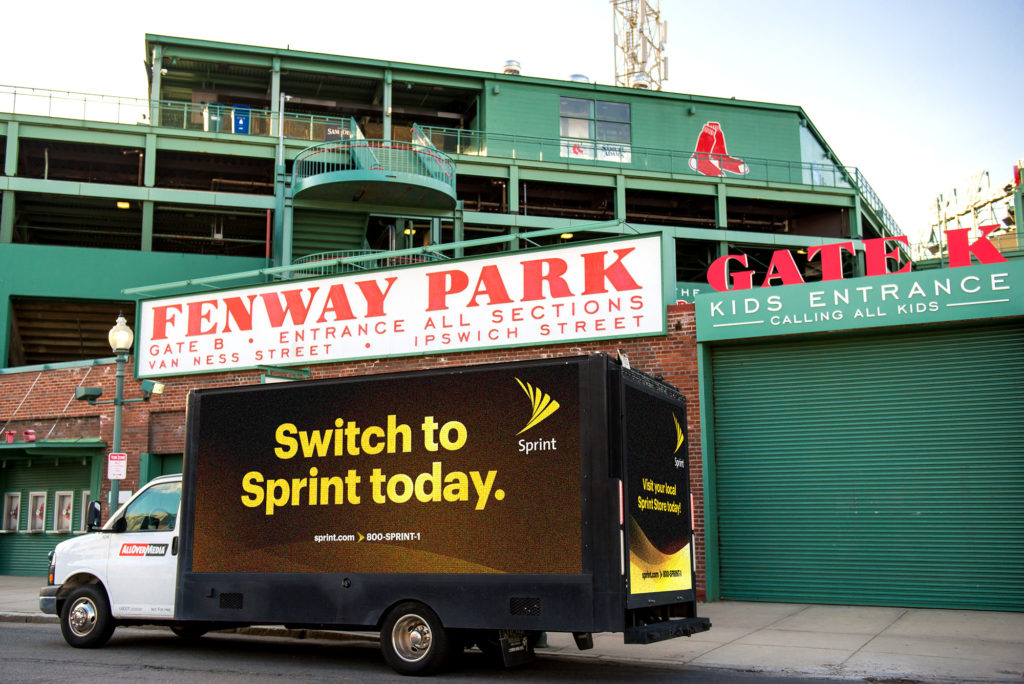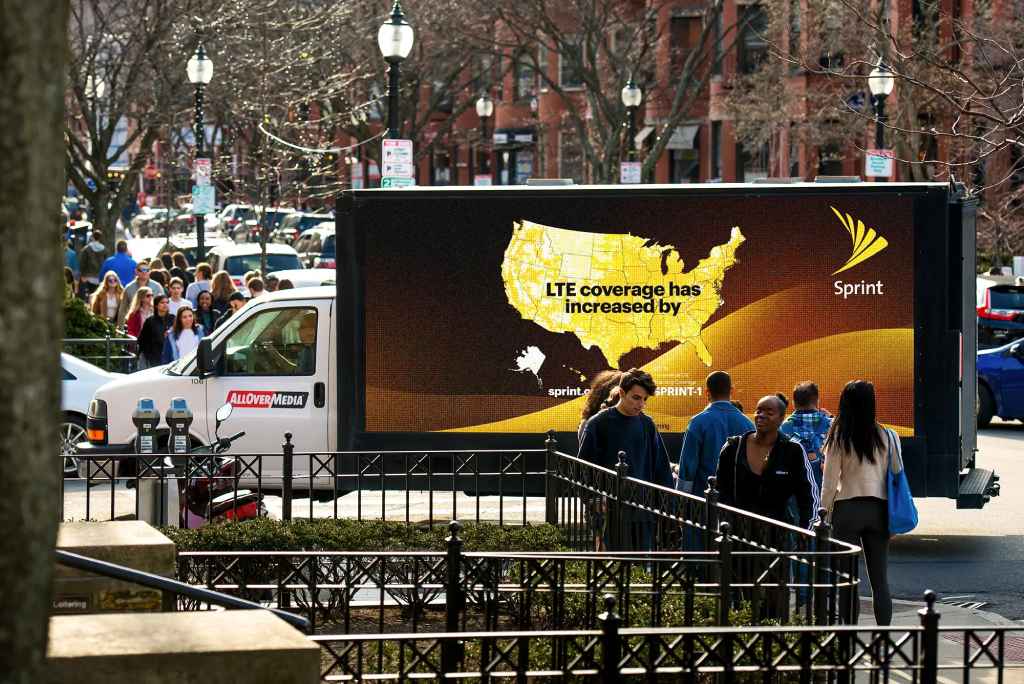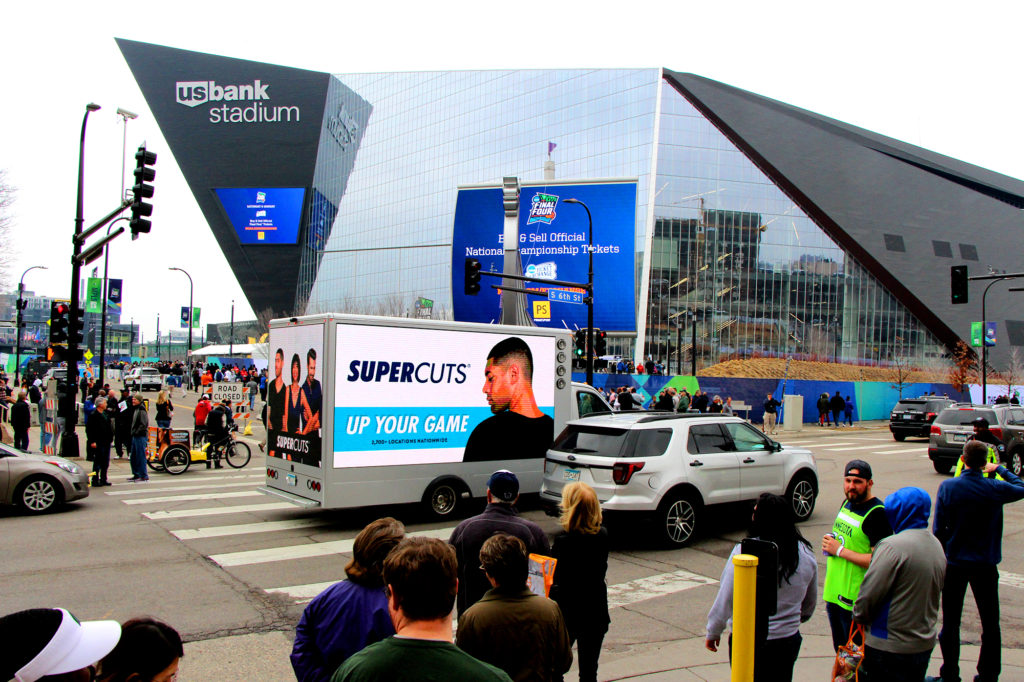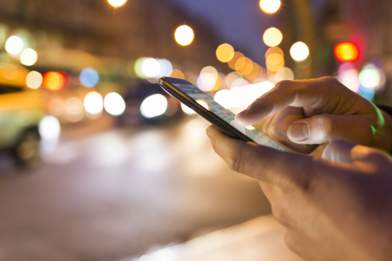
Thanks to smartphones, we now have information at our fingertips at all times. But this can also make things a little more complicated when it comes to local advertising.
With so much media going digital these days, how does a business best advertise to their target audience? How do you catch a consumer’s attention when pop-up ads and email blasts can so easily be ignored, silenced, or deleted? The answer is geofencing advertising, the digital marketing technique that’s making it easier than ever to reach your target audience and beat out the competition.
What is Geofencing?
Geofencing is intuitive tech that uses GPS, RFID, or IP technology to set up a virtual boundary around a geographical location.
How Does Geofencing Marketing Work?
Geo fencing advertising involves using an app or software that triggers a pre-programmed action when a mobile device or RFID tag enters or exits the location. This could be anything from a text message or targeted ad on social media, to security monitoring or tracking of data. For example, you might use geo fencing ad opportunities to send a promotional offer to a customer as soon as they enter your store.
Businesses ranging from retail to hospitality have all started using geofencing to engage with consumers.
When it comes to geofence ads in retail, a geofence marketing campaign can target users with alerts, promotions, or coupon offers, based on their proximity to a specific location or event. Some retailers even use it against competitors, urging customers to consider their business instead.
So, Should I Use Geofencing in my OOH marketing campaigns?
From our team, it’s a resounding YES! We’re seeing more and more industries beginning to rely more heavily on a “phygital strategy” to reach target audiences.
The name is just as it implies—ads and marketing material that exist both physically and digitally, and that offer personalized, interactive experiences for consumers. Geofencing is a particularly advantageous phygital strategy for out-of-home (OOH) marketing. That’s because it grabs a consumer’s attention in a relevant way, based on the consumer’s real-time location and behavior.
The Advantages of Geofencing for Digital OOH Marketing
- Alerts & Promotions: A popular way for retailers to deliver in-store promotions as customers enter the store, geofencing also helps businesses target ads to a specific audience, based on users’ location-data.
- Social Media Interaction: Location-based promoted filters, stickers, and other share-able content on social media networks all use the virtual boundaries of geofencing.
- Audience Engagement: By knowing more about your audience, you can provide them with specific, compelling advertising. For example, concert, festival, or fair organizers might use geofencing to engage with the audience via crowdsourcing social media posts or delivering information about the event or venue.
- Improved Inventory Management: When you have better insight on the movement of your product, you can better manage your inventory. For example, geofencing can track the movement of a product within the store so you have a better idea of its popularity.
- An Edge Against the Competition: With mobile geofencing advertising comes a competitive advantage. Geofencing provides a more personalized and convenient shopping experience for customers, which can bolster a stronger relationship between them and your business.
Here’s the bottom line: when a consumer is presented with an ad they find relevant and useful, it’s more likely that they’ll engage with it. And effective audience engagement means improved brand awareness, a higher ROI, and ultimately a lift in sales.
Build Geofencing With AllOver Media
At the end of the day, it’s about delivering the right message at the right time to the right person. And building a geo fencing ads network can be your ticket to meeting your customers in the middle.
At AllOver Media, we strive to reach people in ways that add to their daily experience, instead of interrupting it. We work to build compelling campaigns that are impossible to ignore, including mobile advertising.If you’re looking to build or improve your own marketing strategy or have any general questions about geofencing technology, our expert team is here to listen and help. Shoot us a message—let’s connect.
